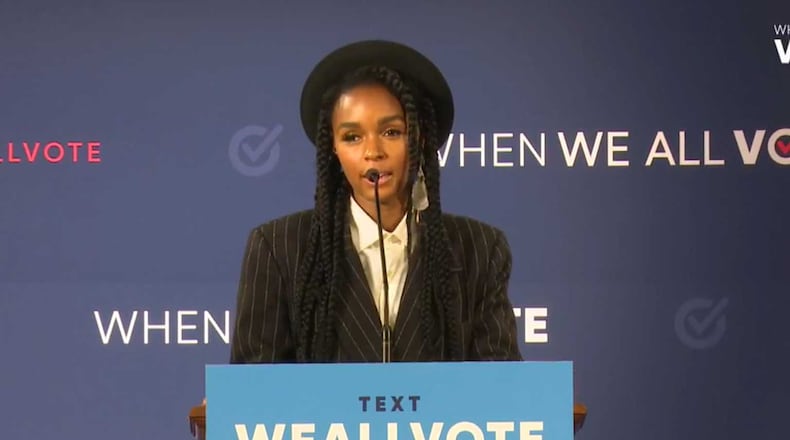Voter suppression efforts continue in Georgia and beyond.
Last month, Georgia’s flagship university, funded by a Republican state legislature and governor, announced it was closing campus polling places ostensibly due to concerns about COVID-19 transmission. But the university made clear football games would go forward, because Georgia’s stadium is outdoors, social distancing would be required, and tailgating has been banned. After a storm of criticism, the university reversed course.
The University of Georgia case highlights though the need for the federal government to require colleges to play a civic role and encourage civic engagement when it comes to voting. For years, taxpayers have and continue to fund public colleges in the hundreds of billions of dollars annually. We should ask for more in return when it comes to voting.
Credit: contributed
Credit: contributed
Credit: contributed
Credit: contributed
There are three no-cost higher education-related ideas that can support voter turnout: auto-registration for all college students, an Election Day holiday from classes, and the ability to use Work-Study funds to support voter participation. There are federal footprints for each.
Already federal law requires colleges to make a “good faith effort” in support of voter registration.[iii] We should tighten that and insist on specific activities, as well as on campus polling places.
Nearly 30 years ago, a bipartisan Congress passed what has come to be called the Motor-Voter Law, requiring states to offer a voter registration option to citizens applying for a driver’s license and other public benefits. Unsurprisingly, registration went up.
In the same way the motor-voter law is applied, public colleges should be required to offer a “check-the-box” voter registration option for students when applying for a school ID or registering for courses. With web-based voter registration processes employed by Secretary of State offices, costs would be nominal.
Some 5 million college students, approximately 25%, are unregistered to vote. A College Motor-Voter law could significantly reduce that number.
At Harvard, a “TurboVote” auto-enrollment plus voter education initiative helped generate an 11% increase in student voter registration rate. Election participation rates increased from 48% in 2012 to 58% in 2016 and in midterm elections from 22% in 2014 to 49% in 2018, according to data from the National Study of Learning, Voting and Engagement. Similar initiatives boosted registration at Northwestern University to 95% of eligible students and tripled midterm turnout to 41% in 2018 at the University of Michigan.
Federal law requires on September 17, every school in America teach about the history of the U.S. Constitution. How about a day where we encourage postsecondary education students to live its principles outside the classroom?
The NCAA just gave Division I athletes the day off on Election Day to vote. What about Division II, III athletes? What about simply giving all students the day off to vote?
An Election Day holiday from classes should be required of all colleges receiving federal funds. Unlike Constitution Day, it can’t be said to infringe on academic freedom. It creates freedom for students to participate in civic life.
And finally, we should make better use of federal purse strings in support of voter participation.
Already the Higher Education Act requires 7% of work-study funds to be spent on community service work. Out of more than $1 billion in annual work-study funding to over 800,000 students, in excess of 100,000 currently engage in paid community service work.
The last major U.S. Department of Education report on the work-study program found another near-100,000 students weren’t even aware they could do paid community service work. An additional near-60,000 reported they would have done paid community service if they could find an opportunity that didn’t conflict with course schedules.
Let’s fix that. Increase the dedicated percentage of work-study funds for community service to 25%, half of what former U.S. Sen. Harris Wofford, D-Pa., proposed back in 1992, and make sure the law expressly covers voter registration, nonpartisan voter education, and voter participation activities.
There are scores of organizations that would welcome 100% federally paid workers to help with voter registration, nonpartisan voter education, and participation activity, like being a poll worker.
Colleges might not be thrilled with losing work-study students in dining halls, libraries, and doing clerical work. But the choice isn’t theirs. It belongs to taxpayers and students.
Georgia’s own former Representative, the late John Lewis, understood young people can change the system from within. It’s time for our public colleges to teach that lesson. If they won’t, we should.
Mike Bland is the national director of the Leaders of Color Initiative at Education Reform Now and Michael Dannenberg is the vice president for strategic initiatives and higher education policy at the nonpartisan, nonprofit advocacy education group.
About the Author
Keep Reading
The Latest
Featured




